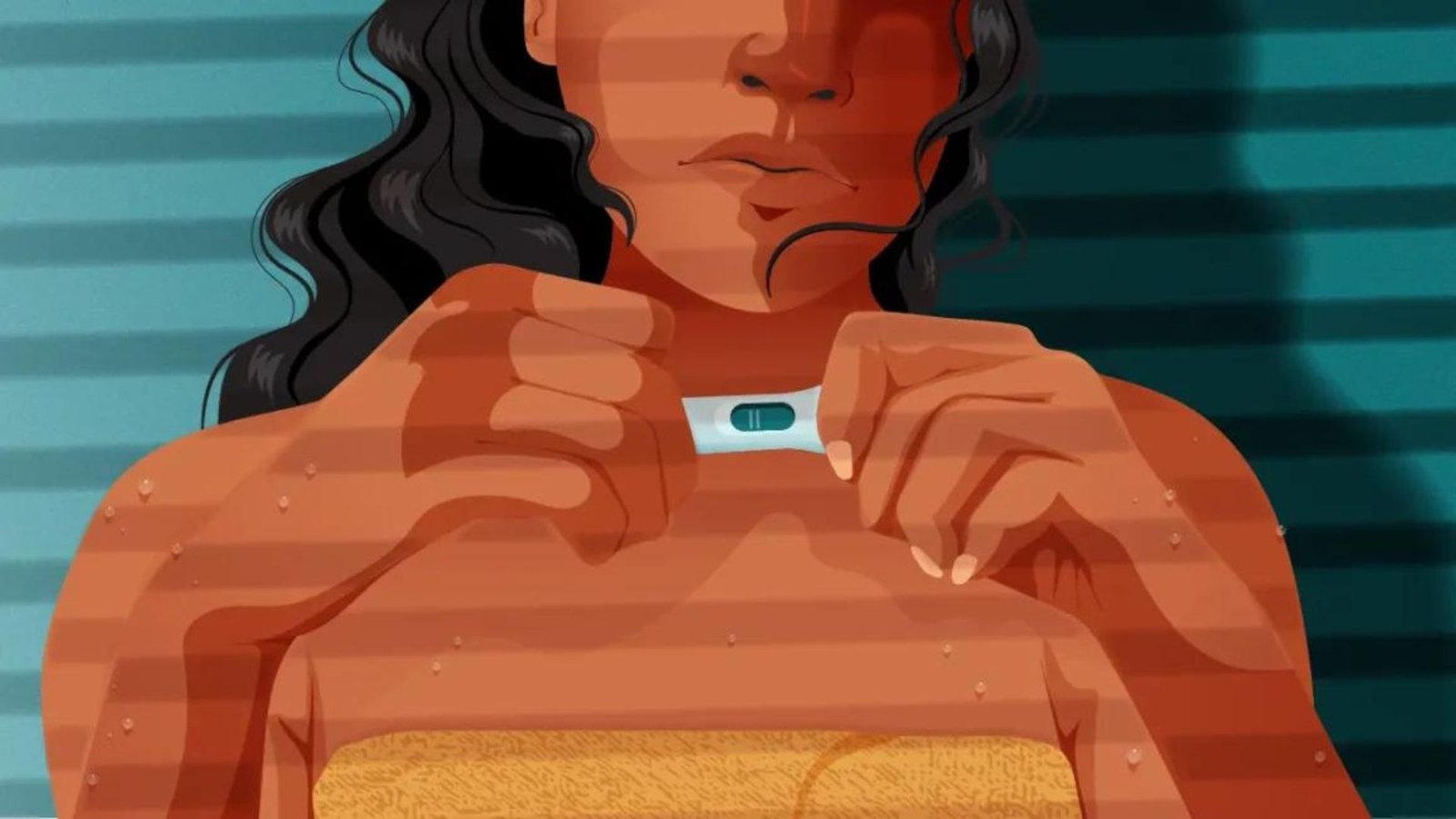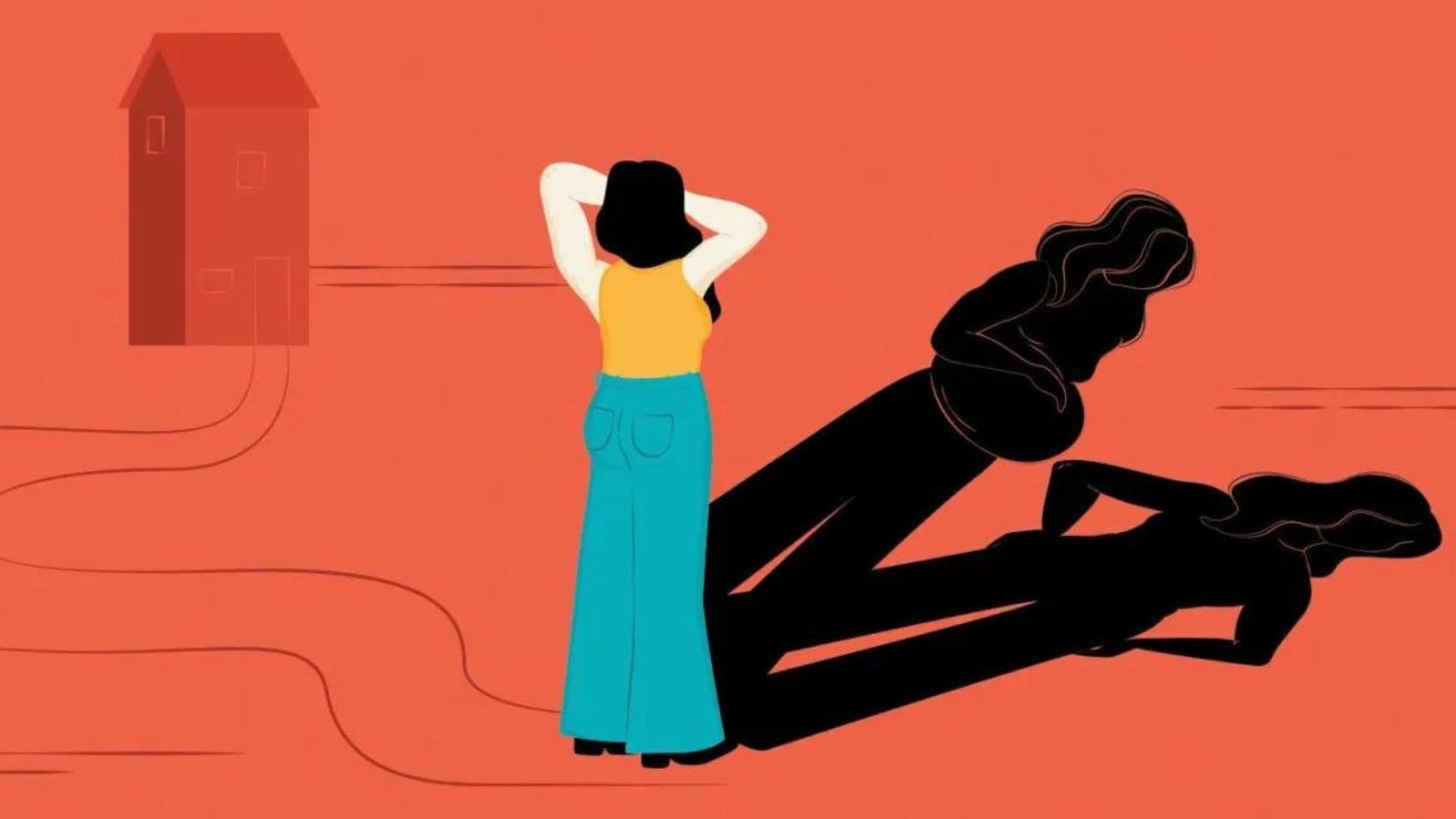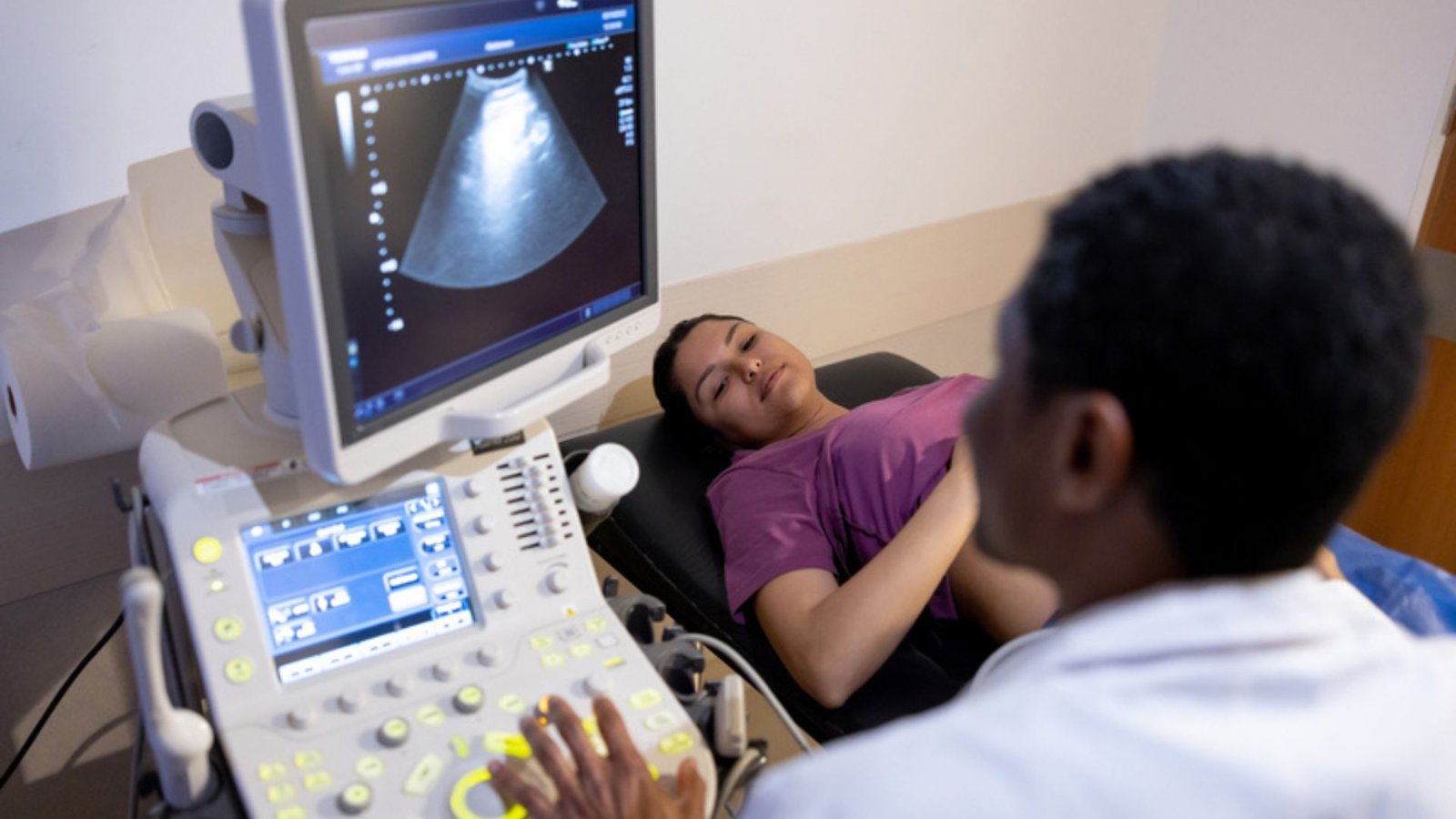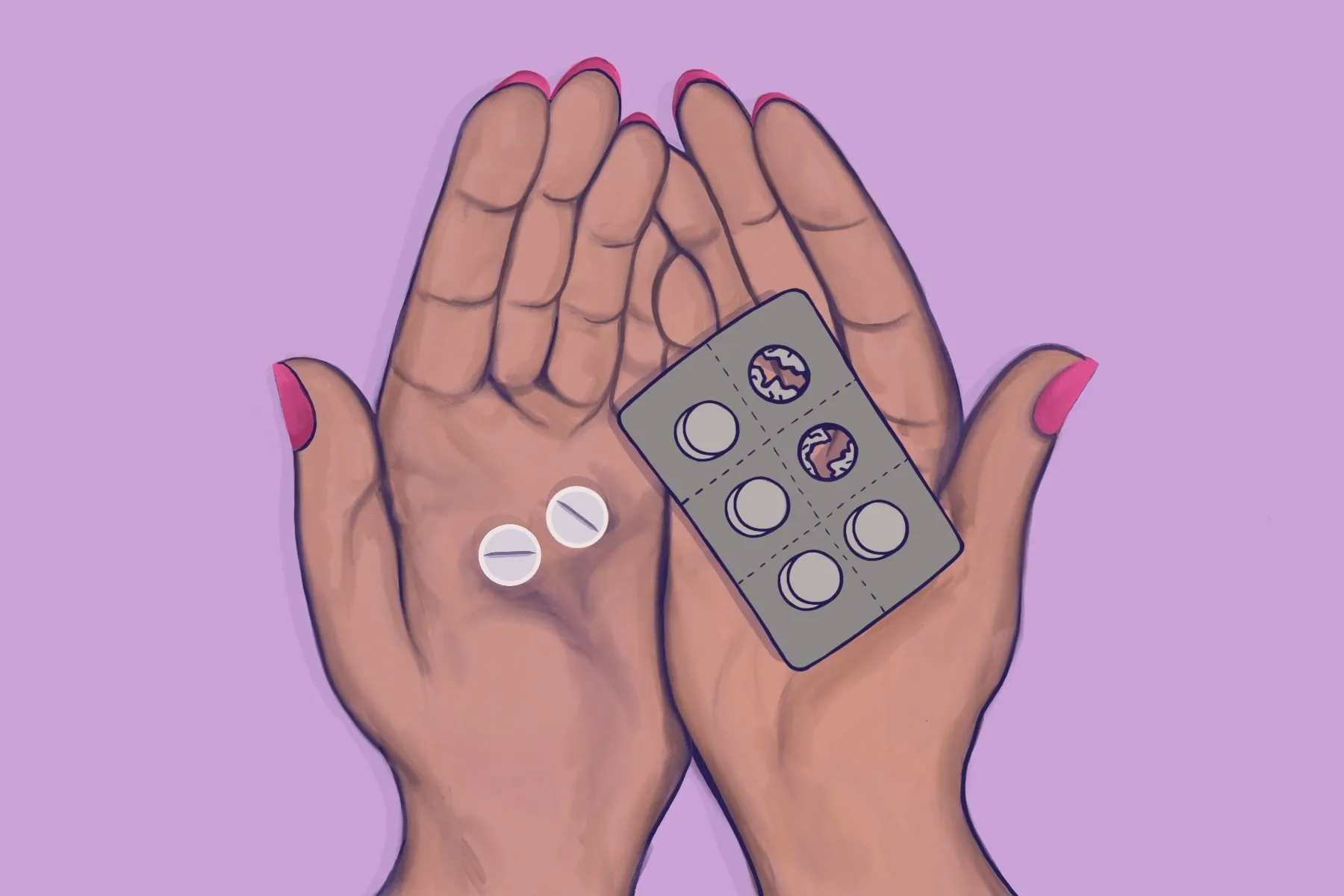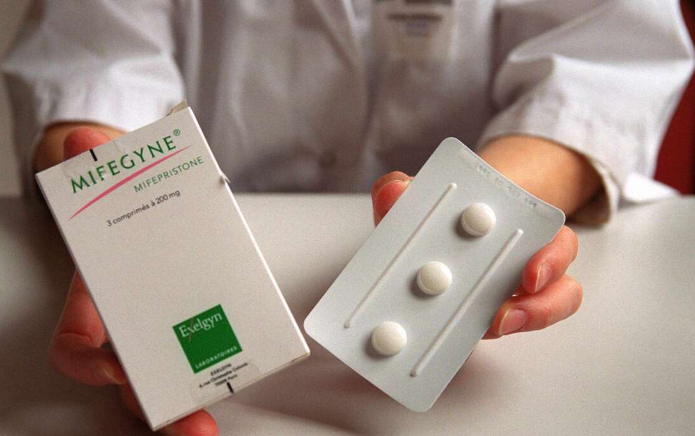
Abortion is a significant medical procedure that can lead to various physical and emotional changes. Understanding these changes can help you navigate the post-abortion period with greater ease and confidence. This blog post will cover the key body changes you might experience after an abortion and offer tips for managing them effectively.

Immediate Physical Changes
Bleeding and Spotting
Cramping
Breast Changes
You may notice changes in your breasts, such as tenderness or swelling, due to hormonal shifts. Wearing a supportive bra and avoiding caffeine can help reduce breast discomfort. If the pain becomes unbearable, consult your healthcare provider for advice.
Hormonal Changes
Hormonal Fluctuations
The hormones that supported your pregnancy will begin to decrease after an abortion. This hormonal shift can lead to mood swings, fatigue, and changes in appetite. It’s essential to be gentle with yourself during this time, as these fluctuations are a normal part of your body’s adjustment process. Eating a balanced diet and getting regular exercise can help stabilize your mood and energy levels.
Return of Menstrual Cycle
Your menstrual cycle will eventually resume, though it may take a few weeks to a couple of months. The timing varies for each person, but most women get their period within 4 to 8 weeks after the procedure. Your first few periods may be irregular or differ from your usual flow and symptoms. If your period doesn’t return within two months, or if you experience severe pain or heavy bleeding, contact your healthcare provider.
Emotional Changes
Emotional Reactions
It’s normal to experience a range of emotions after an abortion. You might feel relief, sadness, guilt, or a combination of these emotions. Emotional responses can vary widely from person to person, and there is no right or wrong way to feel. Allow yourself to grieve if needed and remember that your emotional well-being is as important as your physical recovery.
Seeking Support
If you find your emotions overwhelming, consider seeking support from friends, family, or a professional counselor. Talking about your feelings can help you process your experience and move forward. Support groups specifically for individuals who have had abortions can also provide a safe space to share and heal. Don’t hesitate to reach out for help; emotional recovery is an important part of the healing process.
Long-Term Physical Changes
Weight Fluctuations
Some women experience weight changes after an abortion due to hormonal adjustments and emotional stress. Maintaining a balanced diet and regular exercise can help manage these fluctuations. Focus on nutritious foods that provide energy and support healing. Staying active can also help improve your mood and overall well-being.
Reproductive Health
An abortion typically does not affect future fertility. You can conceive again when you feel ready. However, it’s important to discuss contraception options with your healthcare provider to prevent unintended pregnancies. They can help you choose a method that fits your lifestyle and needs. Regular gynecological check-ups are also crucial to monitor your reproductive health.
Tips for Recovery
Rest and Hydration
Give your body time to heal by getting plenty of rest and staying hydrated. This helps your body recover more efficiently. Listen to your body and don’t push yourself too hard.
Pain Management
Over-the-counter pain relievers, such as ibuprofen, can help alleviate cramps and discomfort. Follow your healthcare provider’s recommendations for dosage.
Monitor Symptoms
Keep an eye on your symptoms. If you experience heavy bleeding, severe pain, or signs of infection (such as fever or foul-smelling discharge), contact your healthcare provider immediately. Early intervention can prevent complications and ensure a smoother recovery.
Follow-Up Care
Attend any scheduled follow-up appointments to ensure your recovery is on track. Your healthcare provider can address any concerns and provide further guidance. These appointments are also an opportunity to discuss contraception and any other health issues you may have.

